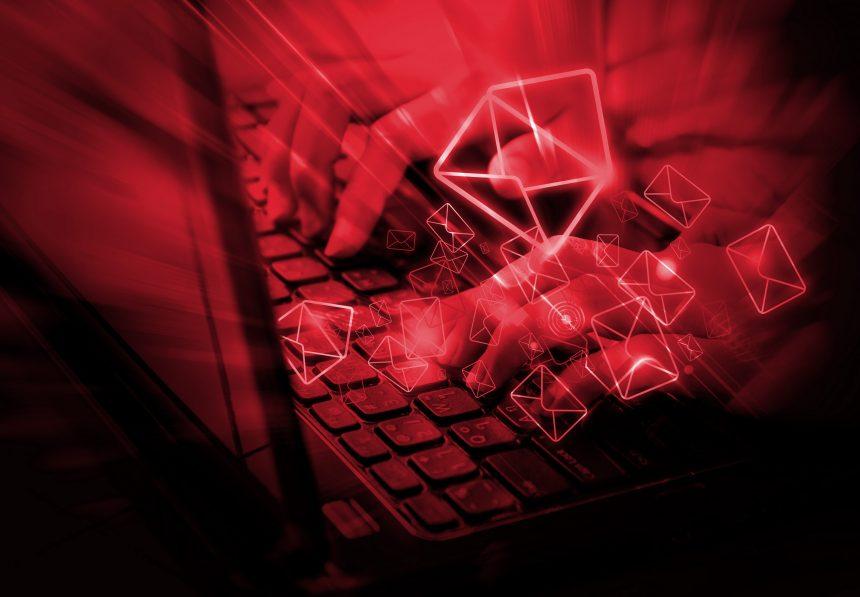In today’s digital world, phishing scams are a prevalent form of cybercrime designed to trick individuals into revealing sensitive information, such as login credentials or payment details. These scams typically appear as seemingly legitimate communications from trusted sources, such as companies or service providers, and often try to create a sense of urgency or fear. The aim is to manipulate the recipient into clicking on malicious links or providing personal data, which is then exploited for fraudulent activities. The risks associated with phishing are significant, ranging from identity theft to financial losses and system compromise.
Download SpyHunter Now & Scan Your Computer For Free!
Remove this and many more malicious threats to your system by scanning your computer with Spyhunter now! It’s FREE!
The Nature and Purpose of the PayPal Avira Security Purchase Email Scam
The PayPal Avira Security Purchase Email Scam is a particular phishing attempt that tricks users into believing they've made an unauthorized purchase. In this scam, the fraudsters impersonate PayPal and claim that the recipient has subscribed to a security product, in this case, Avira, a well-known antivirus software. The scam email typically includes a notification of a payment or a charge for a subscription to Avira Security, which the recipient may not remember authorizing.
How It Infiltrates Systems: Phishing emails like this are often designed to look identical to legitimate communications from trusted sources. They may include official logos, language, and even personalized details that make them appear credible. The email directs the recipient to click on a link that leads to a fraudulent website or to contact the scammers directly. These links may lead to malware downloads, or worse, trick the recipient into revealing their PayPal account credentials, allowing the scammer to access their account.
Key Features of the Scam Email
The scam email typically comes from a deceptive email address. In the case of the PayPal Avira scam, the email might claim to be from PayPal’s official address but is often masked or slightly altered to look legitimate. For example, instead of coming from "paypal.com," it could appear as a variant with a suspicious domain name.
The email’s content often includes:
- A claim of an unauthorized transaction: It may mention a recent purchase for Avira Security.
- Instructions to call or click a link: The recipient is urged to take immediate action to resolve the issue, typically by calling a toll-free number or clicking a link to "dispute" or "cancel" the charge.
- Request for personal information: Often, the email prompts the user to enter sensitive details, such as PayPal login credentials or payment card numbers, on a fake website designed to look like PayPal.
Common Reasons for Encountering This Scam
The scam is typically triggered when:
- The recipient has recently used PayPal for any online purchase, making them more likely to trust an email from PayPal.
- The recipient is generally unfamiliar with common phishing tactics and may not recognize the warning signs.
- The user’s email address has been obtained from a public database or leaked through a previous breach.
To avoid falling victim to such scams in the future, it’s crucial to always verify any communication that appears to be from a financial institution or well-known company. Look closely at the sender’s email address and be cautious of any unsolicited requests for action.
Similar Phishing Threats You May Encounter
Phishing scams can take many forms, including:
- Amazon Phishing Scams: Fraudulent emails claiming suspicious orders or account issues.
- Banking Phishing Scams: Emails posing as your bank, asking for your account details.
- Tech Support Scams: Emails from fake companies offering to fix non-existent computer issues.
- Invoice Scams: Emails containing fake invoices designed to steal payment details.
How to Remove Malware from a Phishing Scam
If you’ve fallen victim to this scam and believe that malware may have been installed on your system, here is a comprehensive step-by-step guide to remove it.
Download SpyHunter Now & Scan Your Computer For Free!
Remove this and many more malicious threats to your system by scanning your computer with Spyhunter now! It's FREE!
Step 1: Disconnect from the Internet
Disconnect your device from the internet to prevent further data transmission or malware spread.
Step 2: Check for Suspicious Programs
Open your system's Task Manager (Windows) or Activity Monitor (Mac) and look for any unusual processes that could be linked to the malware. End any suspicious tasks.
Step 3: Run a Full System Scan
Use an antivirus or anti-malware program like SpyHunter to run a comprehensive system scan. This will help detect any malware installed during the phishing attack.
Step 4: Remove Detected Malware
Once the scan completes, follow the program's instructions to quarantine or remove any identified threats.
Step 5: Change Your Credentials
If you provided personal or financial information, immediately change your PayPal password and any other compromised login credentials. Enable two-factor authentication for additional security.
Step 6: Review Your Transactions
Check your PayPal and bank account for any unauthorized transactions and report them to the respective financial institutions immediately.
Step 7: Update Your Software
Ensure that your operating system and any installed software are fully updated to patch any security vulnerabilities.
Preventing Future Phishing Attacks
- Use Anti-Phishing Software: Consider installing reliable security software that includes phishing protection.
- Verify Suspicious Emails: Always double-check the email sender’s address and never click on suspicious links.
- Enable Two-Factor Authentication: Use two-factor authentication for any sensitive accounts, including PayPal, to add an extra layer of protection.
- Educate Yourself About Phishing Tactics: Stay informed about the latest phishing threats and tactics to recognize and avoid them in the future.
Use Yourself with SpyHunter
To ensure your system remains protected from phishing attacks and other malware, consider using SpyHunter. SpyHunter provides powerful malware detection and removal features, safeguarding your personal and financial information. Download SpyHunter now and scan your system for free to detect and remove any existing threats.





